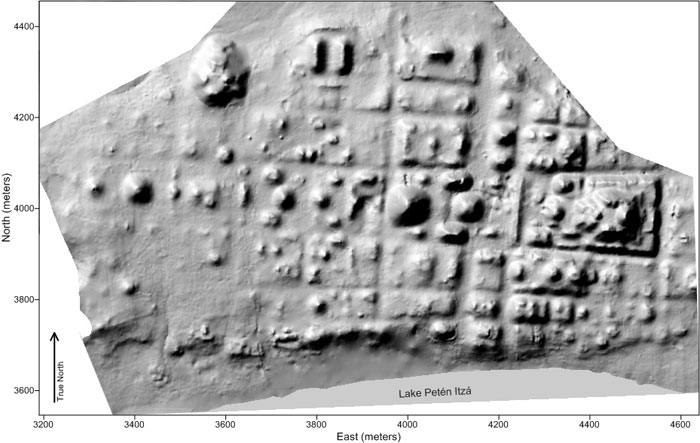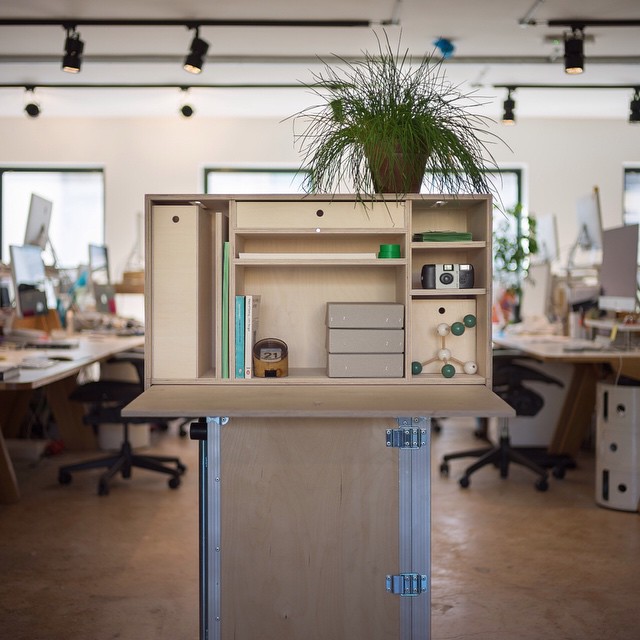It has been a busy last three weeks. A few holidays, some vacation days and a launch deadline have all put the writing of weeknotes to the bottom of the pile.
These last three weeks we put a bunch of time and effort into our Online Volunteer Management System. We had a quick meeting with some local organisations who will use the system. They headed off to Portugal to pitch it to other volunteer organisations. Hopefully, we’ll pick-up a few more developmental partners to help us create the best possible product.
Over the last few weeks, we’ve been onsite with one of our clients working hard on a lot of tracking and metrics. In week #223, they launched their app. Now our job takes over to find out what is happening as people use it. We are looking at lots of metrics, such as retention, sign-up funnels, on boarding and the new feature usage. Over the next few days and weeks we’ll have a much better picture of what works, what needs changing and how we can improve.
One of our other top-secret projects has been moving forward more than we had expected. We’ve been brought in to do some consulting for this new idea. This includes bouncing ideas around, working on some wireframes and building-up more example data. Behind the scenes, it has been getting built, which was a surprise. We’re further along than expected. Soon, we’ll be able to discuss it more and invite people to try it.
A few people we work with have started to receive their Apple Watches here in Iceland. We got the chance to play with one this week. It is an interesting product, thicker than we expected and less customisable. The UI on the OS seems very fixed. The colors, sizes, fonts and themes for things like glances all looked the same. Some of this might have been the installed apps, some of it is just v1.0 restrictions. Over time we’ll see this improve in software and hardware.
Some friends over at Field Work has made a Flight Case which is a sort of pop-up studio. It is a pretty impressive piece of kit. We are very jealous of how it looks and how great it came out. We don’t do that much work that we’d need a full-on flight-case. We do have some brainstorming sessions, so we made our own small version which allows us to take a stack of index cards and post-it notes and other tools to help. It is fully stocked and easy to grab. We’ll continue to improve on the design and implantation as we get opportunities to test it in the field.
Strike
A few of our employees are part of one of the local unions. That union has decided to call a general strike on June 6th. That means tools down for us. We’re not sure how exactly this will play out, as a company we can’t do much. We just have to tell our customers that things will be delayed. We want to support our staff, since they will be off pay-roll and the union will only be paying a small portion of their regular paycheque. We’re not sure how that will all work, so we’re looking into it. Hopefully, things will simply resolve themselves before the deadline.
Invoices
A quick update, we currently have 2 outstanding invoice. One is now approaching 6 months old and no one replies to emails. It’s disconcerting and certainly we’ll have to sort something out before any future work. The other is a foreign invoice. One of the two have been paid. We are confident the other is simply in processing.
Bric-à-brac
A proposed flag for Earth. There are actually several Flags for Earth.
NASA’s Curiosity Mars rover recorded this view of the sun setting at the close of the mission’s 956th Martian day, or sol (April 15, 2015), from the rover’s location in Gale Crater.
This was the first sunset observed in color by Curiosity. The image comes from the left-eye camera of the rover’s Mast Camera (Mastcam). The color has been calibrated and white-balanced to remove camera artifacts. Mastcam sees color very similarly to what human eyes see, although it is actually a little less sensitive to blue than people are.
Dust in the Martian atmosphere has fine particles that permit blue light to penetrate the atmosphere more efficiently than longer-wavelength colors. That causes the blue colors in the mixed light coming from the sun to stay closer to sun’s part of the sky, compared to the wider scattering of yellow and red colors. The effect is most pronounced near sunset, when light from the sun passes through a longer path in the atmosphere than it does at mid-day.

Recently the news came out about a recently discovered ancient Mayan City being built to a ridged grid running almost true north-south, east-west. The city is called Nixtun-Ch’ich’ in Petén, Guatemala and was in use between roughly 600 B.C.E. and 300 B.C.E. No other Mayan city found uses such a top-down structure. They suspect whom ever was behind the construction must have been a very powerful leader.

